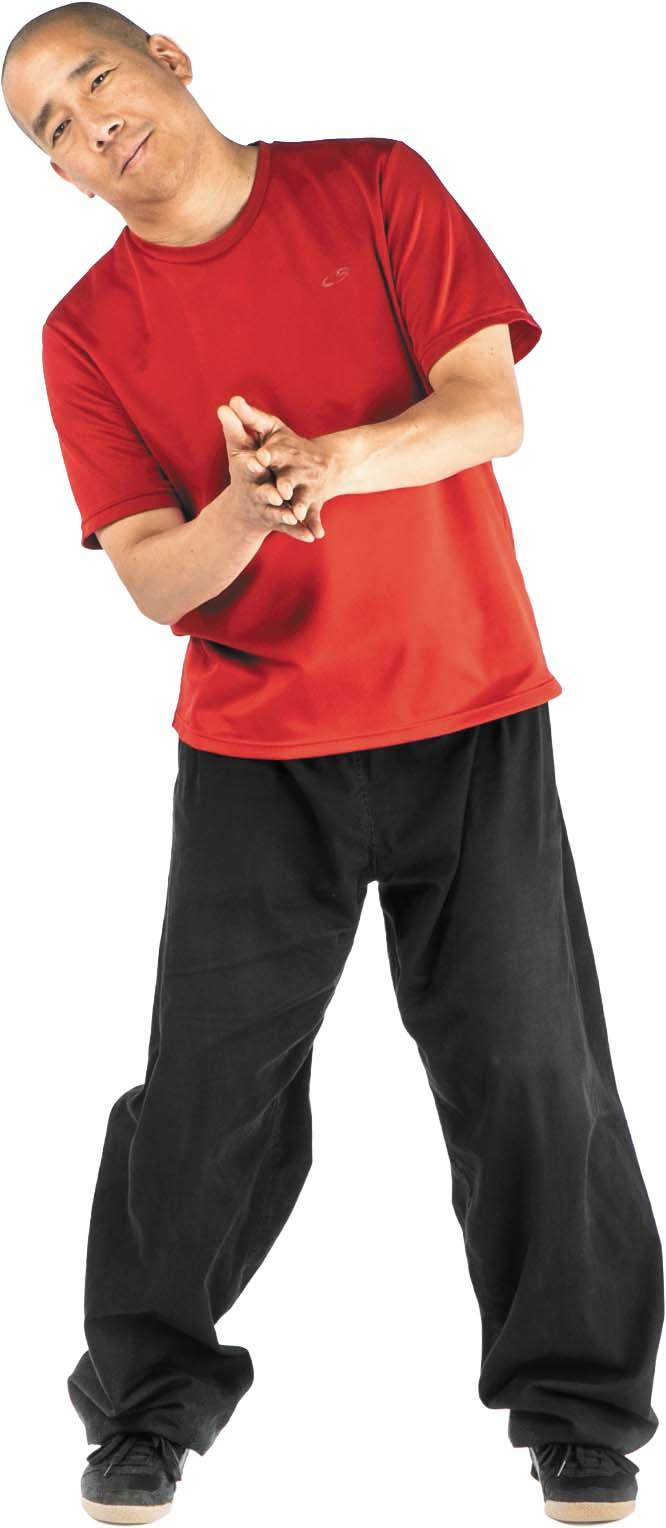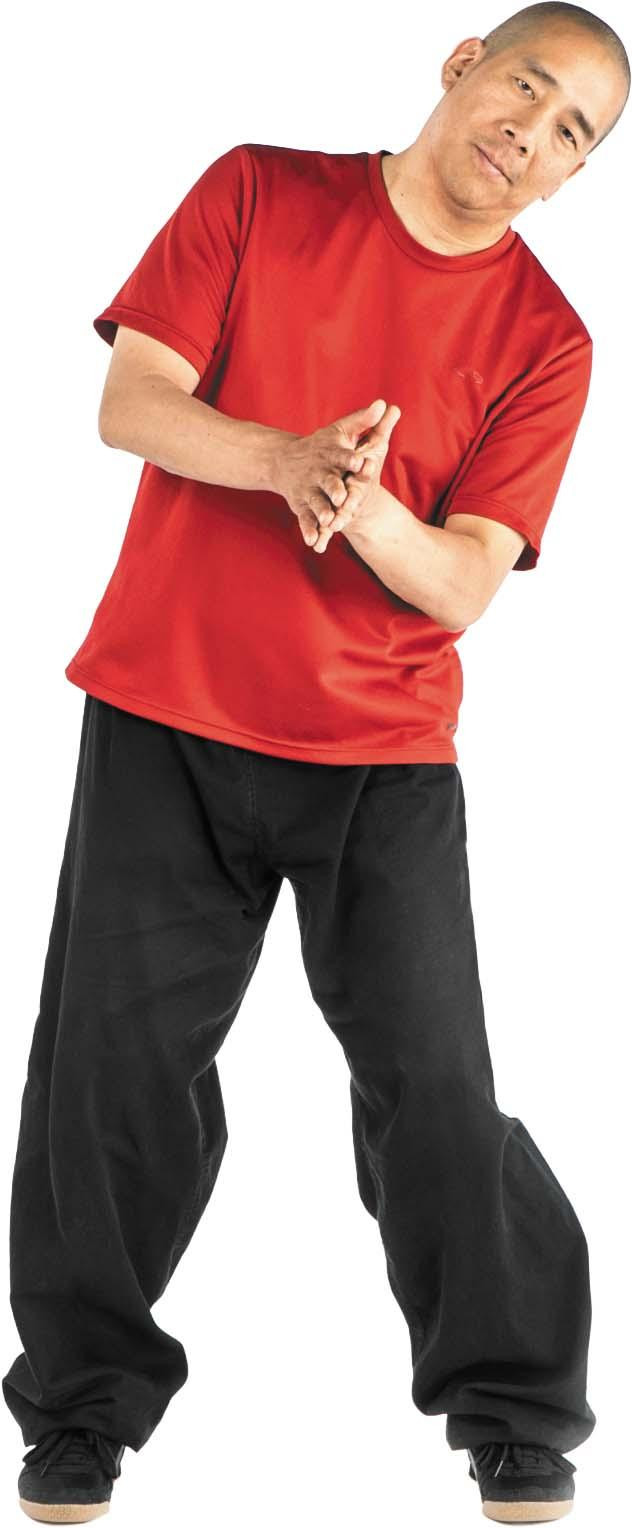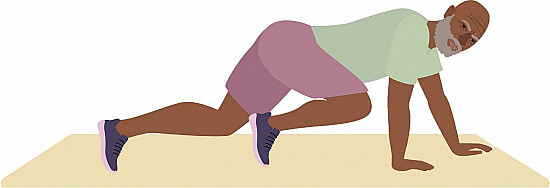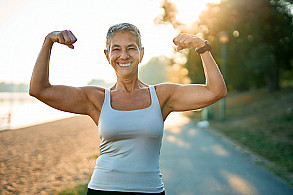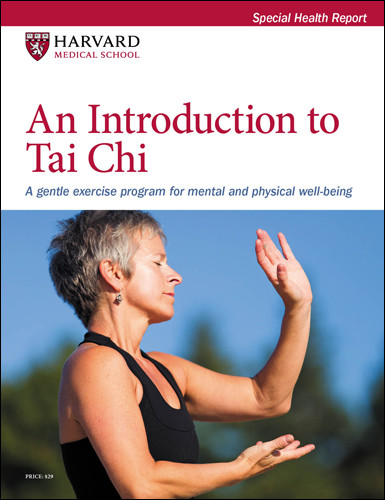Improve your balance with tai chi this winter
The practice boosts balance and triggers a cascade of other health benefits.
- Reviewed by Anthony L. Komaroff, MD, Editor in Chief, Harvard Health Letter; Editorial Advisory Board Member, Harvard Health Publishing
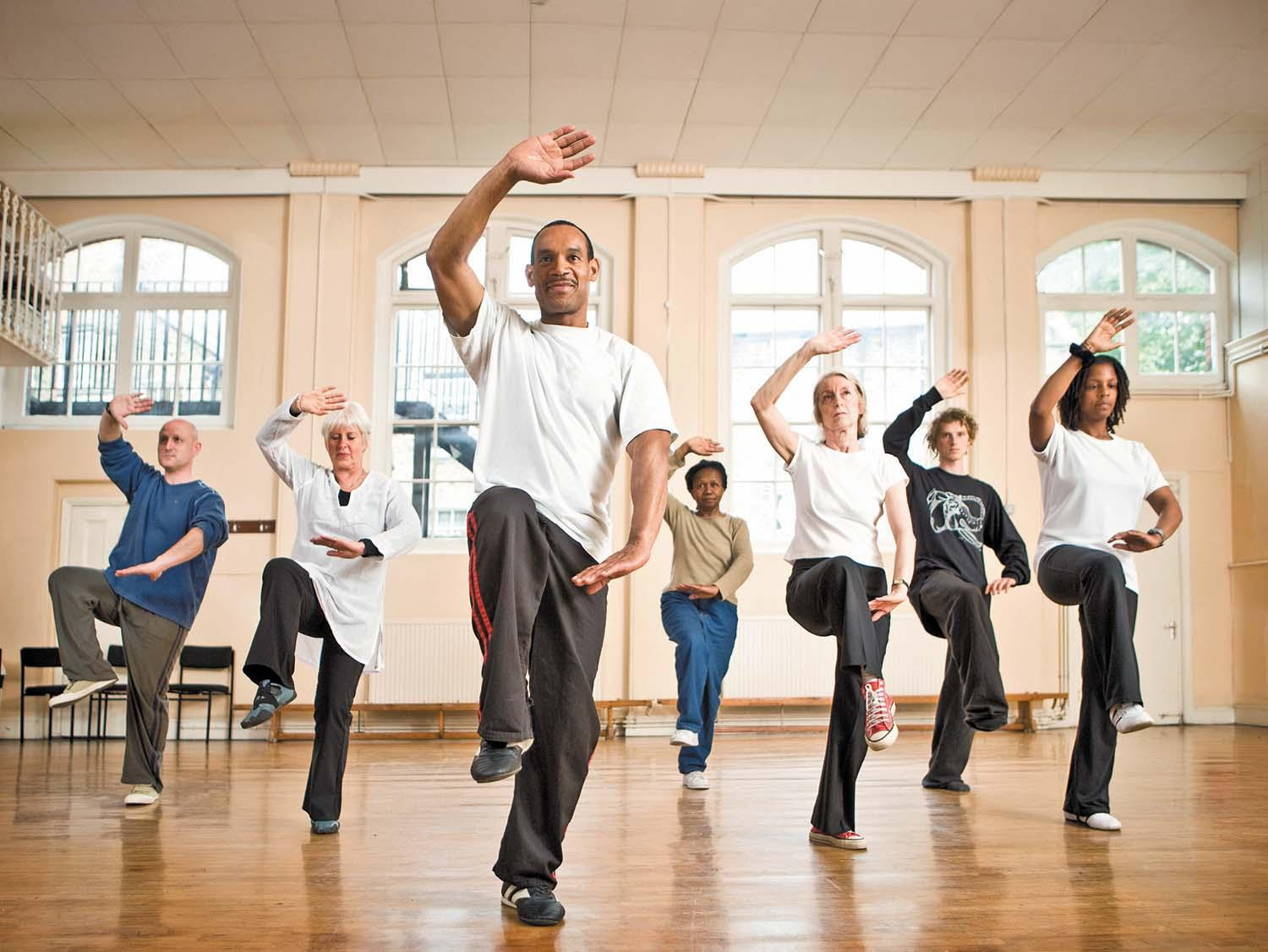
Cold weather months are the perfect time to try tai chi — an ancient Chinese martial art and exercise you can do indoors, in the comfort of your own home or at a fitness or wellness center. The practice is especially helpful at improving balance.
“Tai chi sharpens all of the skills you need to stay upright: leg strength, flexibility, range of motion, reflexes, and awareness of bodily sensations and mental focus. And improving balance with tai chi leads to a 20% to 60% reduction in fall risk,” says Peter Wayne, director of the Osher Center for Integrative Health at Harvard-affiliated Brigham and Women’s Hospital and medical editor of the Harvard Special Health Report An Introduction to Tai Chi.
What does tai chi involve?
Tai chi uses a series of gentle, flowing motions and slow, deep breathing to exercise the body and calm the mind. You move from one pose to another gradually, shifting your weight and extending your limbs to challenge your balance. It looks like a graceful dance.
The movements are carefully choreographed in a particular order. You can do them by following an instructor who typically does the poses while facing you, or you can do the poses on your own (once you’ve learned how to do them correctly).
A tai chi workout usually lasts for about an hour.
Tai chi benefits
Tai chi is good for health in many ways. One of the best-known perks is better balance, which develops as your body becomes more attuned to changes in movement. “The slow, deliberate footwork makes you more aware of subtle shifts in your weight distribution, the angles of your ankles, and the touch sensitivity of the soles of your feet,” says Stanwood Chang, a tai chi instructor at Wellness Works, part of Harvard-affiliated Beth Israel Deaconess Medical Center.
Within a few months of starting tai chi, you’ll notice you’re able to balance better in various positions and react faster if your balance is challenged. This can help you avoid injury if you encounter indoor hazards, such as floor clutter, or outdoor hazards, such as uneven pavement.
The weight shifting of tai chi also stretches and strengthens muscles, helps build bone density and stabilize joints, and exercises the heart (which helps prevent heart disease).
In addition, tai chi has a meditative quality that can trigger the relaxation response — a well-studied physiological change that can lower your blood pressure, heart rate, breathing rate, oxygen consumption, adrenaline levels, and levels of the stress hormone cortisol. Feeling less stressed helps improve your mood, quality of life, and thinking skills.
Move of the Month: The dragon wags its tail
Stand with your feet shoulder-width apart. Slightly bend your ankles and knees. Bring your palms together in front of you at navel height. Lengthen your spine and gently arch your waist, head, and neck to the right. Rotate your thumbs and arms to the right as well. Feel a stretch along your entire left side. Pause for a moment and return to the center. Then, gently arch to the left, feeling a stretch on your right side. Repeat the process about 10 times. Photos by Michael Carroll |
Give tai chi a try
Get started with tai chi by taking a class. You can find one at a tai chi center, health club, YMCA, community center, hospital, or senior center.
You won’t need fancy workout clothes or any special equipment to practice tai chi. Just wear loose, comfortable clothing and sneakers (or go barefoot, if that’s your preference and it’s safe for you).
In class, the instructor will show you how to do tai chi movements properly and supervise your progress. The instructor will also be able to modify the moves (if you have physical challenges) or adjust the amount of time you’ll spend standing. “A good tai chi teacher encourages students to sit down and take a break whenever they want,” Chang says.
If it’s not possible for you to get to an in-person tai chi class in winter weather or if you’re uncomfortable trying tai chi in front of other people, consider taking an online class from a trusted source, such as the course offered by Harvard Health Publishing.
A final tip: “Relax and be comfortable while practicing tai chi,” Chang says. “You don’t have to push yourself 110%. Tai chi is safe, accessible, and enjoyable, no matter what your pace.”
Image: © Tim Platt/Getty Images
About the Author

Heidi Godman, Executive Editor, Harvard Health Letter
About the Reviewer

Anthony L. Komaroff, MD, Editor in Chief, Harvard Health Letter; Editorial Advisory Board Member, Harvard Health Publishing
Disclaimer:
As a service to our readers, Harvard Health Publishing provides access to our library of archived content. Please note the date of last review or update on all articles.
No content on this site, regardless of date, should ever be used as a substitute for direct medical advice from your doctor or other qualified clinician.











